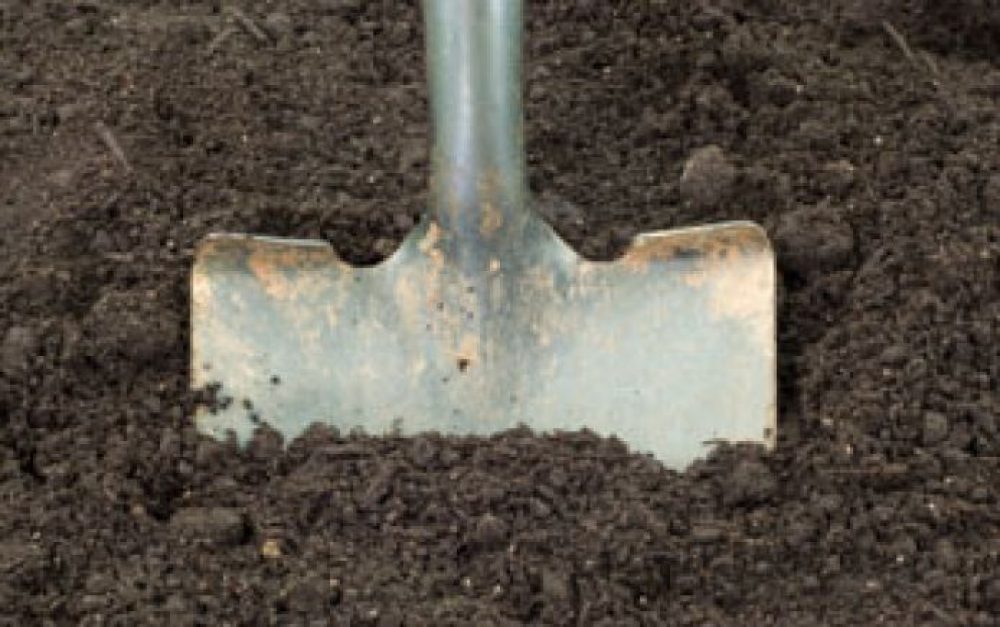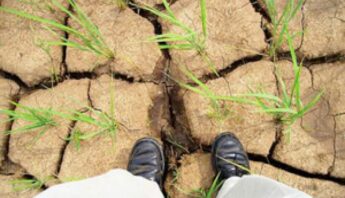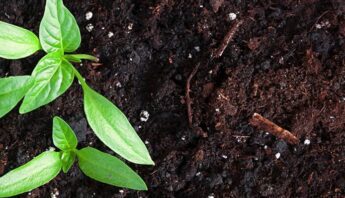In the 1930s, Congress made a commitment to protect the soil and water resources on U.S. farms from massive, rapid losses (think dust bowl).
While progress has been made in the intervening decades, soil erosion remains a huge problem. As the Senate is poised to vote on the 2012 Food and Farm bill, we’re working with our partners in the National Sustainable Agriculture Coalition (NSAC) to fight for those programs that best protect vital soil resources — and you can help.
Good soil health optimizes agricultural yields and delivers ecosystem services such as clean water and reduction of greenhouse gas emissions. It also makes farms more resilient in the face of environmental (and climate) changes — reducing risk for farmers across the country.
Healthy soil is productive soil
A 2008 article by the Royal Society beautifully describes the complexities of soil ecosystems, and presents an approach to the evaluation of soil health based on four major functions: carbon transformations (the forms and flows of C — the source of energy that keeps all systems functioning); nutrient cycles; maintenance of the structure and fabric of soil; and the regulation of soil populations including pests and diseases.
The nation that destroys its soil destroys itself.
— Franklin D. Roosevelt
In order to make decisions about which soil management practices to support and which to discourage, we need to evaluate the impact of different practices in terms of real, positive, measurable effects on soil health. No single indicator can capture all aspects of soil health, and it would be scientifically naïve to set exact thresholds for individual measures.
Not to fear, practitioners around the country have already developed these diagnostic tests for soil system performance and condition:
- physical (e.g. bulk density)
- chemical (e.g. pH, salinity)
- energetic reservoirs (e.g. soil organic matter content)
- key organisms and community structure (e.g. earthworms, fungi, bacteria)
Soil health can change throughout a single season and from year to year in ways that the itinerant observer may not see. But the farmer with intimate knowledge of the land sees these changes. Thus a key element in the analysis of soil health and its transformations should be the stories and observations provided by those most familiar with it.
Support policies that protect soil
Policies are created to provide solutions to public problems. The 2008 Farm bill continued or expanded policies and programs — such as the Conservation Stewardship Program — that recognize and support practices that maintain and enhance soil health. These programs need widespread support, and that’s why we now call on PAN supporters to help.
We need to let our political representatives know — right now — that we want tax dollars to help farmers build and maintain healthy soils for generations to come. Specifically, Congress needs to preserve funding for vital conservation programs and ensure access, especially among family farmers, beginning farmers, and socially disadvantaged farmers to these vital programs.
Simply stated, we want our tax dollars to be wisely invested!








